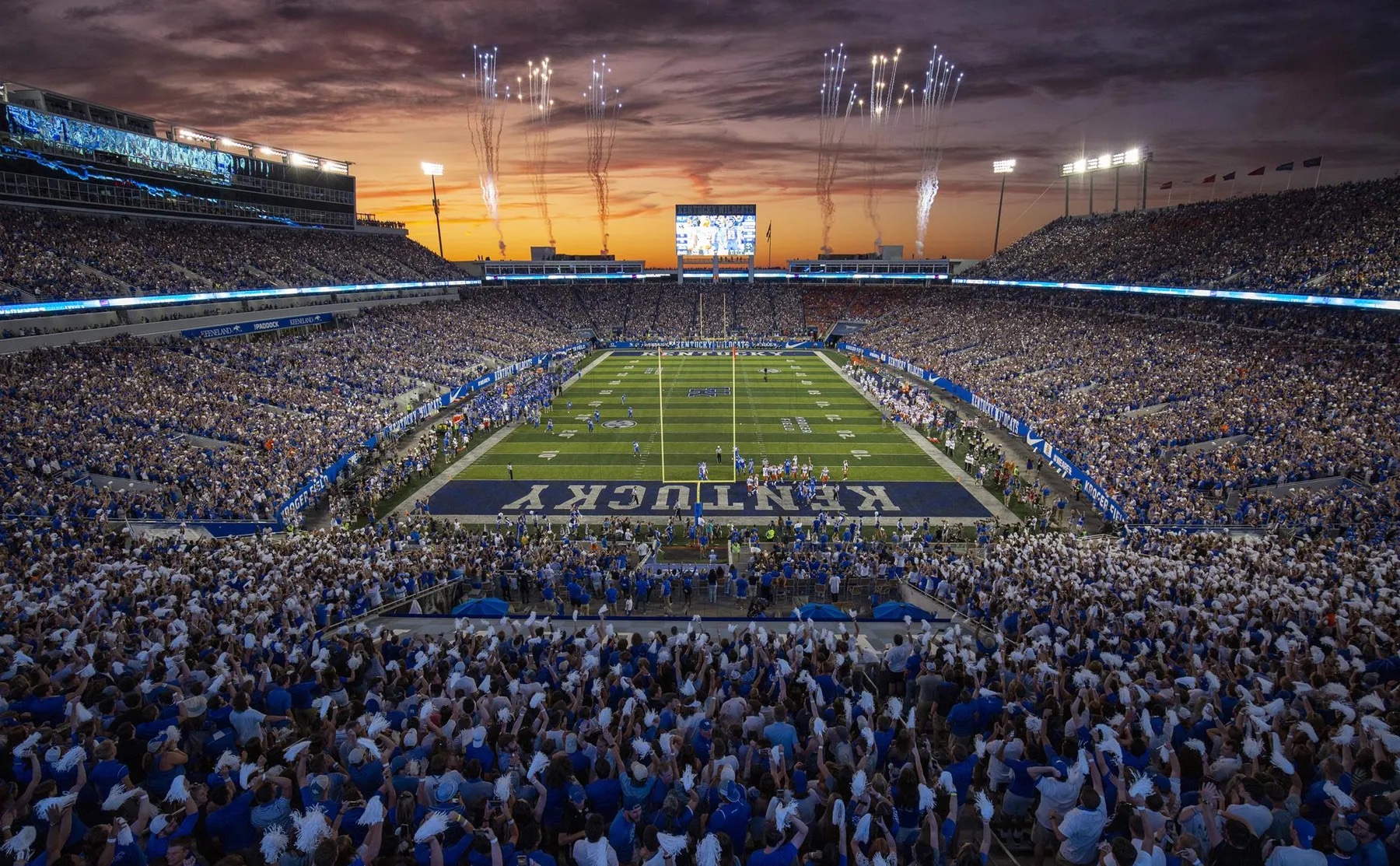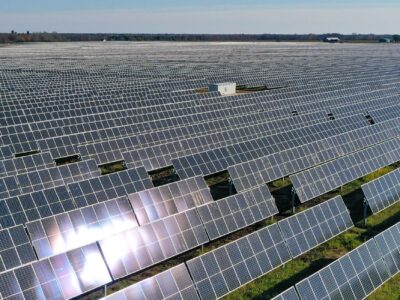Commonwealth Stadium, home to the University of Kentucky (UK) Wildcats football team, was suffering some middle-age fatigue in the early 2010s when the university decided to renovate the 40-year-old field. The major $126 million makeover was about more than updating the facility’s infrastructure and improving the fan experience. It is also concerned with making the stadium more environmentally compatible for the 21st century.
“In both the design and construction process, we were committed to transforming the longtime home of Kentucky football in a way that would be sustainable for years to come,” Mitch Barnhart, UK athletics director, stated in a UK Campus News article.
“We knew from the beginning that sustainability was critical to the success of this project,” revealed Kevin Locke, a principal at the renovation’s lead architectural firm, RossTarrant.
During the stadium’s renovation, an emphasis was also placed on limiting construction waste to limit the use and transportation of new materials.
Sixty-seven percent of the old Commonwealth Stadium, for example, was repurposed in the new venue, which was named Kroger Field — “Field” represents a highly appropriate name since it is located on the University’s old “Experimental Station Farm Grounds.”
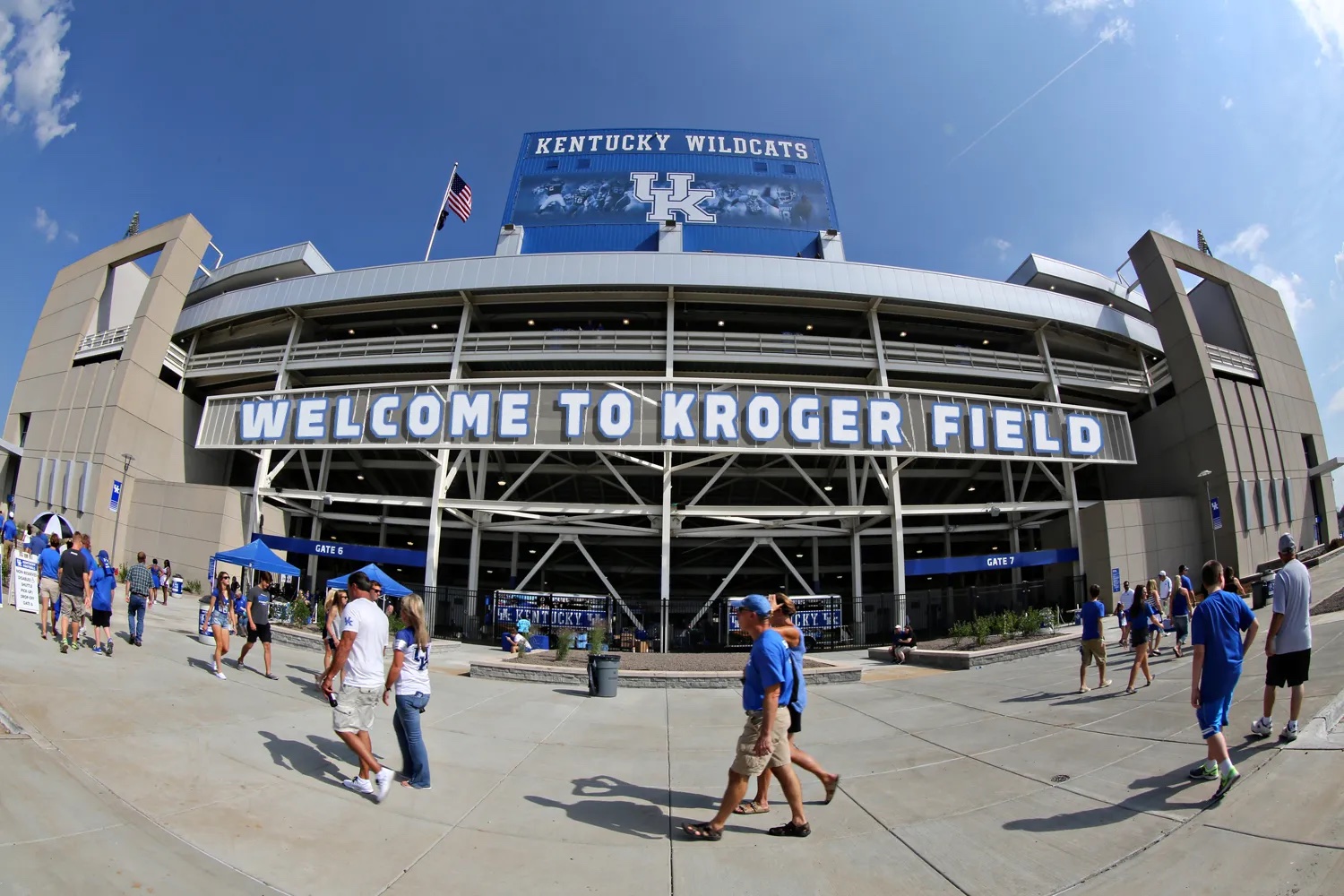
Photo Courtesy UK Athletics
Among the other eco-oriented components of this renovation was the installation of low-flow water fixtures that save more than 200,000 gallons of water per year. The stadium’s design also contributes to it requiring around one-third less energy than the typical venue of its size, which equates to a reduction of nearly 700 metric tons annually.
Kroger Field’s impressive envelope performance (e.g., energy efficiency, air quality, etc.) combined with the use of recycled materials and regional production led the U.S. Green Building Council (USGBC) to honor it in 2017 with a coveted Silver Leadership in Energy and Environmental Design (LEED) certification.
“Kroger Field’s LEED silver certification demonstrates tremendous green building leadership,” Mahesh Ramanujam, USGBC president and CEO, said. “Kroger Field serves as a prime example of how the work of innovative building projects can use local solutions to make a global impact on the environment.”
UK’s athletic department has continued to expand its sustainability efforts since Kroger Field received its LEED. The department has worked to lower its electricity consumption and focused on boosting the amount of locally sourced food served to the student-athletes. The department’s diversion rate (food donations and recycling), for instance, nearly doubled from 2018 to 2019.
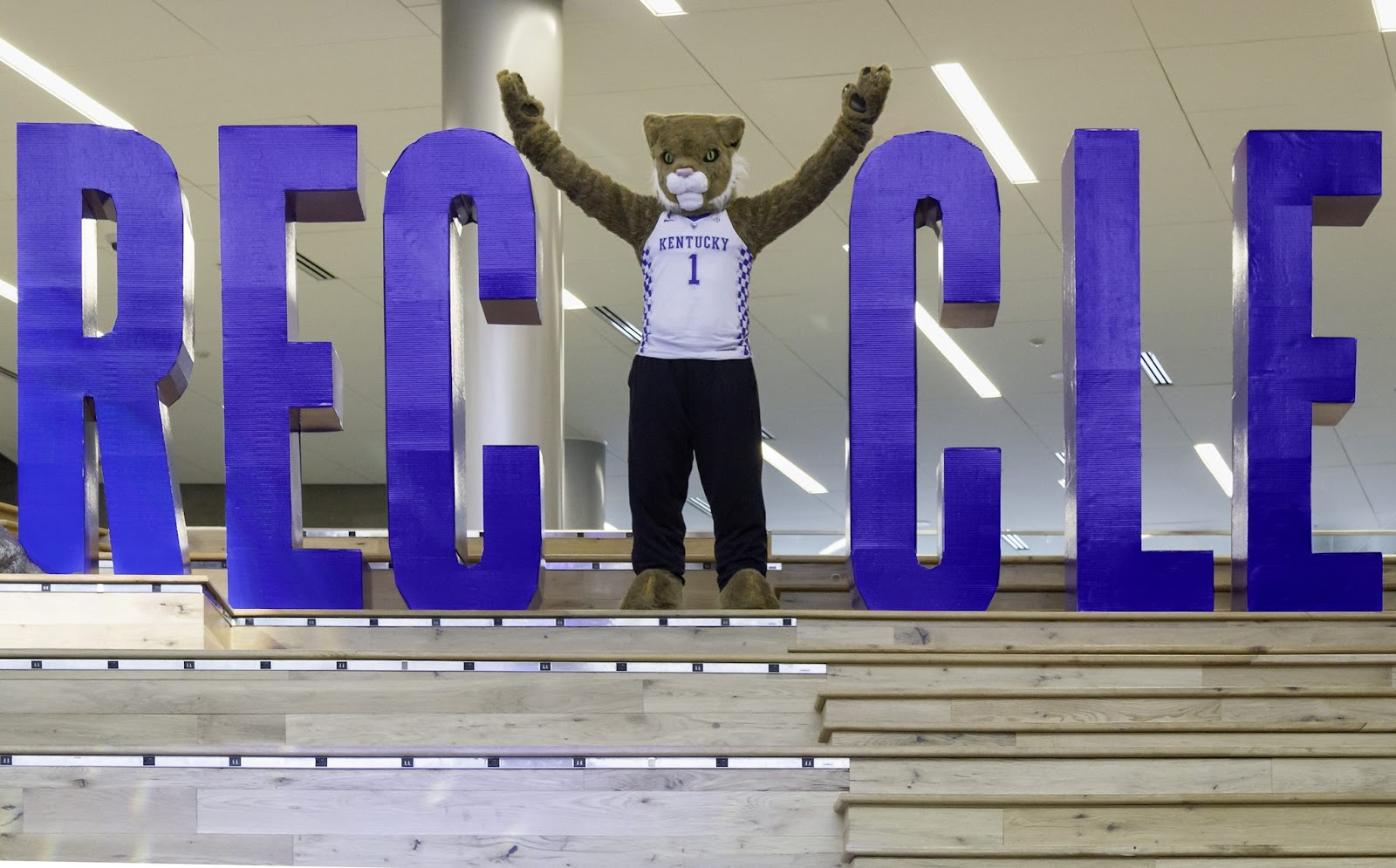
Photo Courtesy UK Recycling
At each UK Wildcats football game, the Big Blue Crew student volunteers collect recyclables from fans and tailgaters, as well as educate Big Blue fans about “green” issues.
For the past few seasons, Kroger Field has also been the site for a “Sack Hunger Food Drive” that collects unopened tailgating items along with non-perishable food goods brought to the stadium by fans, with the donations being distributed to those in need in Central and Eastern Kentucky.
Besides providing vital support for local, food-insecure residents, it also pushes UK Athletics closer to its goal of making Kroger Field a zero-waste venue by 2030. Local Kroger grocery stores also teamed up with UK Athletics for a program where shoppers could purchase a $6 “Do What You Can” food bag that got donated to area Feeding America Food Banks.
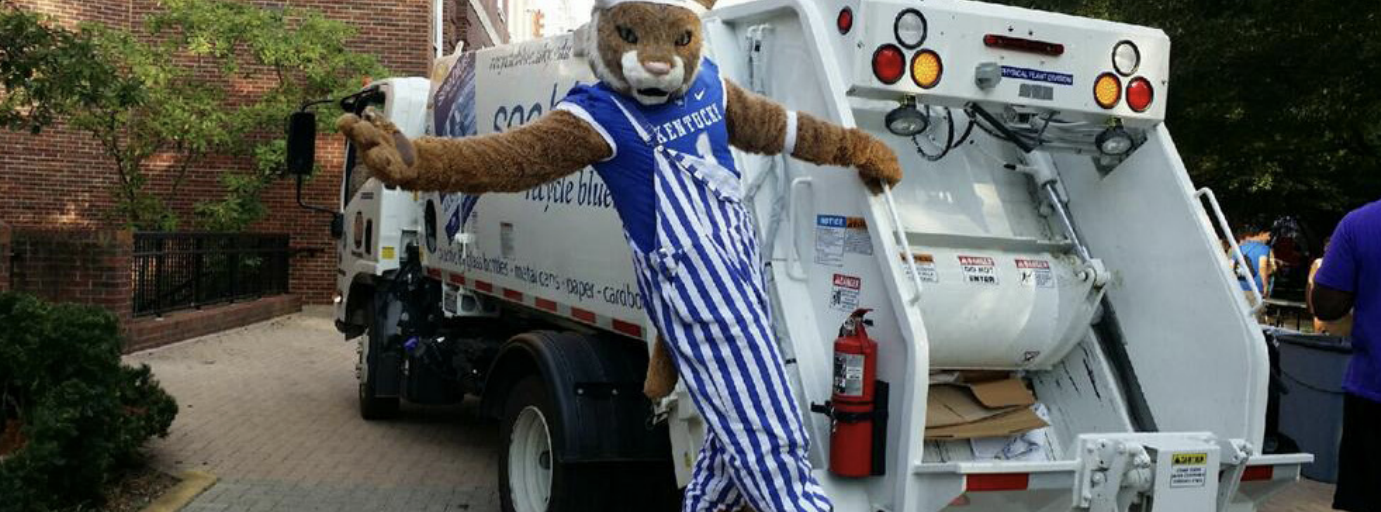
Photo Courtesy uky.edu
Situated next to Kroger Field is the Joe Craft Football Training Facility, which opened in 2016 and earned its own Silver LEED in 2019. “Achieving LEED certification is more than implementing sustainable practices,” Ramanujam told UK Campus News. “It represents a commitment to making the world a better place and influencing others to do better.”
USGBC was impressed that the building consumed 40% less water than an average building of its kind.
Likewise, the presence of lighting and thermostatic controls, along with state-of-the-art HVAC systems, delivers a 20% savings in energy usage compared to similarly sized buildings.
“Given the extraordinary importance of climate protection and the central role of the building industry in that effort,” Ramanujam continued, “the University of Kentucky demonstrates their leadership through their LEED certification of the Joe Craft Football Training Facility.”
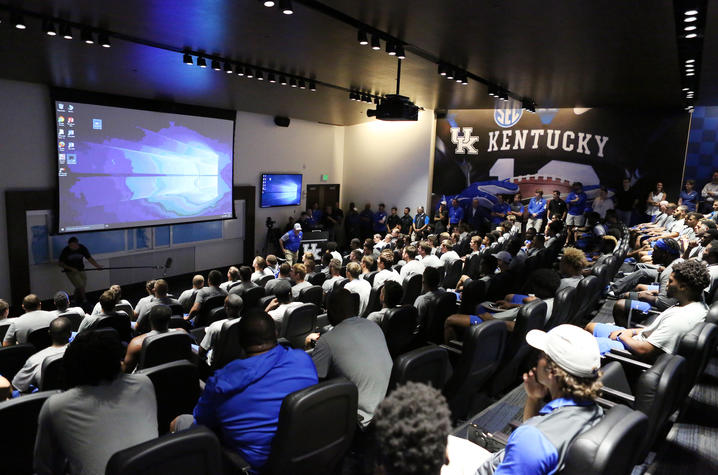
Photo Courtesy uknow.uky.edu
Football is not the only arena where the school flexes its eco-friendly muscles. The university’s dedication to sustainability is seen through its more than two dozen LEED-certified buildings, including its baseball stadium, Proud Park. This commitment is sure to continue for years to come.

